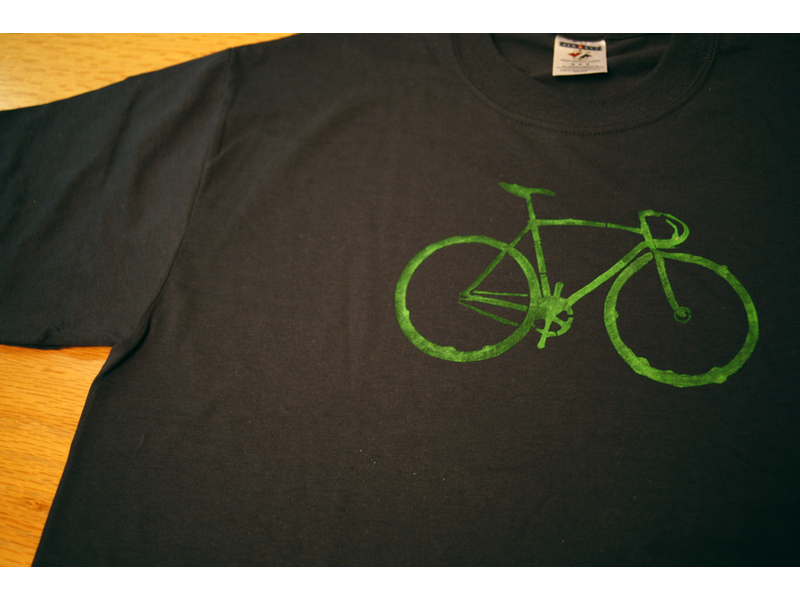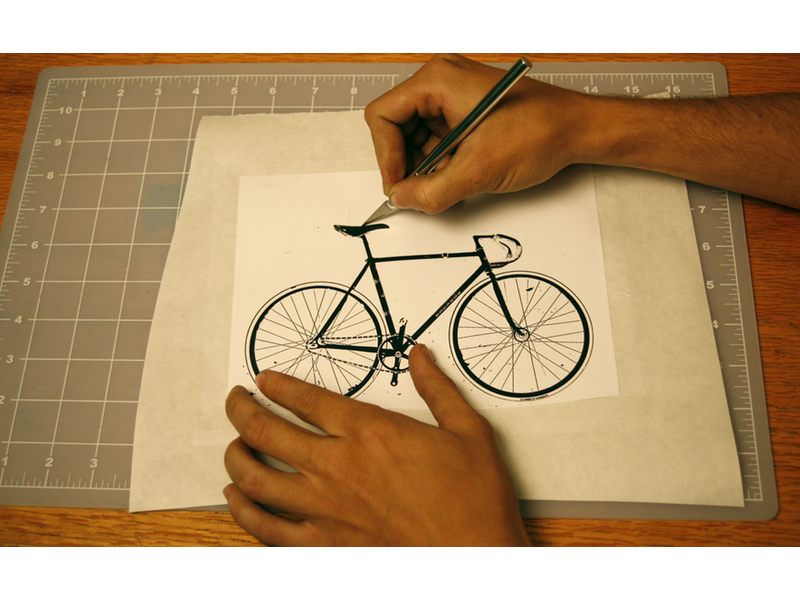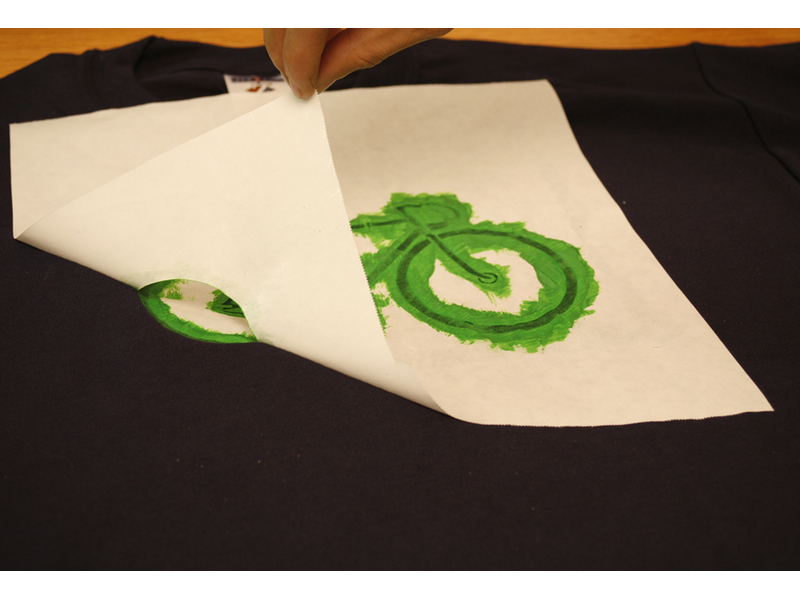If you were a teenager in the 90s like I was, you’ll remember being a sentient being in a world without the Galactic Information Superhighweb, or internet as we now know it. Before this age of enlightenment, we suffered many great hardships. I vividly recall cobbling together my own T-shirts proclaiming my favorite bands, using a masking-tape-and-fabric-paint technique with all too shoddy results. Today it takes 5 minutes to Google a world of crafty people who share amazing techniques, allowing you to create just about any T-shirt image you’d like. My favorite method is freezer paper stenciling, which allows you to iron your design onto the T, securing the stencil in place and ensuring that paint won’t easily seep under it.
Projects from Make: Magazine
Freezer Paper Stencil
Make a stencil out of freezer paper to customize T-shirts and beyond.



















